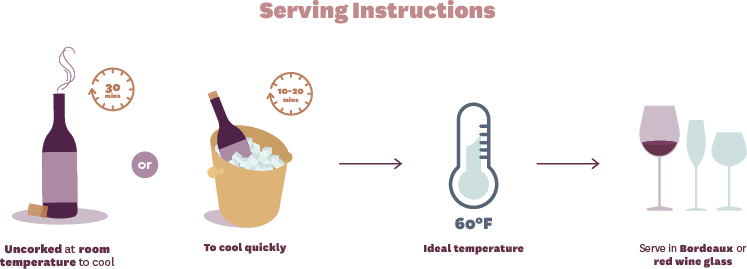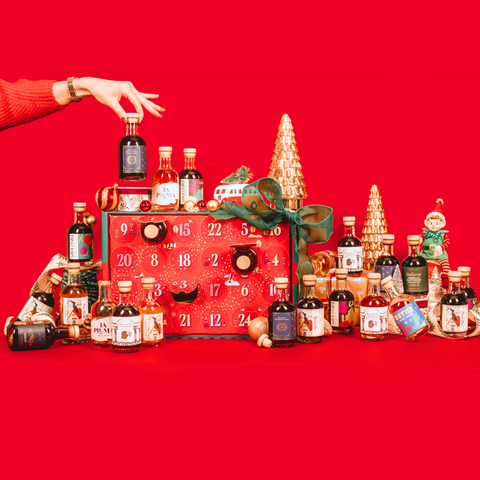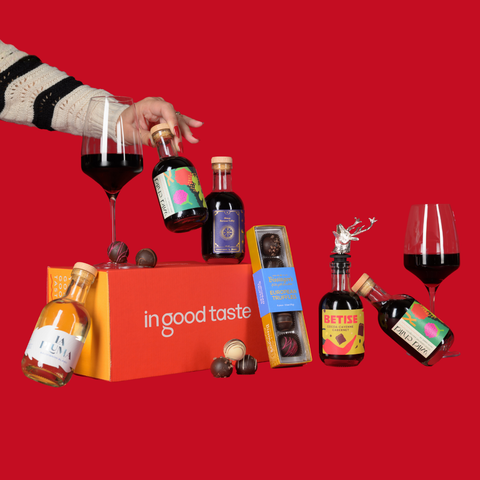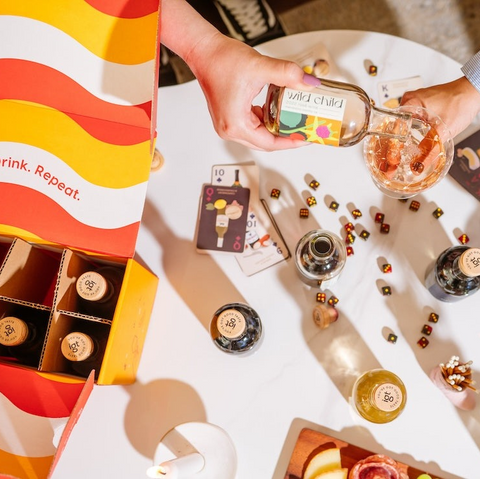Merlot - Once Almost Extinct
Merlot is often recommended as one of the best options for anyone trying red wines for the first time because of its soft, ripe, and elegant flavors. Made from a dark-blue colored grape of the same name, Merlot delivers rich, robust flavors that include cherries and chocolate. Whether you’re a beginner, a seasoned wine lover, or somewhere in between, how could you not love flavors like those?
History of Merlot
The name “Merlot” is derived from the French word for blackbird, “merle.” Its history is surprisingly complicated as diseases and natural events almost wiped out new Merlot plantings in France in 1956. When vintners tried to replant later, the vines were destroyed by rot, leading the French government to ban planting Merlot vines.
In 1975, the government lifted the ban, and Merlot planting resumed. Today it sells widely around the world and is the second most planted varietal after Cabernet Sauvignon.
History of Merlot Wines




Is Merlot a Varietal or a Blend?
In the late 1700s, a Bordeaux-based winemaker added Merlot and Cabernet Sauvignon to his wine blend. Because Merlot brings a rich, fruity flavor and softens the Cabernet Sauvignon wine, it made for a delightful, new red wine blend.
When this wine blend came to California in the mid-1800s, winemakers turned it into a 100% Merlot, and it became a varietal wine of its own.
The Taste of Merlot
Merlot is loved for its easy adaptability and soft, velvety texture. With notes of plum, oak, graphite, black cherries, and cocoa, it’s also a dry, medium to full-bodied wine with moderate to high alcohol content, moderate acidity, and soft tannins, all of which combine to make it easy to drink. When the Merlot is aged in oak, you’ll also pick up hints of cedar, vanilla, and clove.
Merlot Around the World
Merlot grapes that are grown in warm climates (Australia, Argentina, California) render its wine heavier on fruit but lighter on tannins. Some winemakers choose to age the wine for up to 24 months in oak barrels.
Merlot grapes grown in cooler climates (France, Italy, Chile) have a higher concentration of tannins, which can add to the wine’s complexity by giving it earthy flavors like tobacco and tar.

Currently, most of the world’s Merlot is produced in the following regions:
- France, Italy, and some countries in Eastern Europe
- Canada, Mexico, and United States (Washington and California) in North America
- Chile and Argentina in South America
What is White Merlot?
White Merlot is sometimes considered a bridge between dry white wines and sweeter Rosé wines. Unlike varietal Merlot, where grapes are macerated and kept with their skins for 2-3 weeks, White Merlot grapes’ maceration lasts only a few hours, after which the skins are removed. The result is a berry-flavored, pink-colored wine with low tannin levels.
Merlot vs. Pinot Noir
Compared to Merlot, Pinot Noir has a lighter color but a more intense flavor with medium to high acidity. Due to that robust flavor profile, Pinot Noir is less likely to be blended with other wines.
Merlot’s color is the darker of the two red wines, and it offers milder taste and aroma notes of blackberry, blueberry, and plum. Due to its soft texture and flavor, Merlot is often blended with Cabernet Sauvignon or Cabernet Franc.
Merlot vs. Cabernet Sauvignon
Unlike Cabernet Sauvignon, Merlot’s chocolate and cherry flavors go with almost anything from cheeseburgers to steak. Winemakers also love Merlot because it doesn’t require a lot of aging to taste great.
Cabernet Sauvignon has a drier, more aggressive feel due to its high tannin content. With black cherry, green pepper, and vanilla notes, this wine can be harder to pair with a broad range of foods, but still remains an extremely popular wine in its own right.
Related: Guide to Red Wine
Storing and Serving Merlot
Merlot is best served slightly cool—but not as chilled as other red wines. With its ideal temperature at 60 degrees Fahrenheit, leaving it uncorked at room temperature for about 30 minutes will soften the tannins and allow the wine’s distinctive flavors to come forward. If you need to cool Merlot quickly, putting the bottle on ice for 10-20 minutes will work well.
It’s also best sipped from a Bordeaux or red wine glass, as the bigger glass allows for space between the taster's nose and the wine for the full wine tasting experience.
Related: Which Wines to Chill Before Drinking

How to Drink Merlot
To properly sip your Merlot, follow the See. Swirl. Smell. Sip. Savor. method.
See. If at a restaurant, check your Merlot’s label to make sure it’s the vintage you ordered. Next, note the clarity and color of your wine. Even though the red colors can vary from wine to wine, clarity is always important. Cloudy wine may be an indication something went wrong in the winemaking process or during storage.
Swirl. Pour 1-2 ounces of wine into you glass, and give your glass a little swirl. (If you’re dining out, your server should do this for you.) Swirling the wine aerates it, which unleashes the wine’s natural aromas and flavors.
Smell. This step may feel strange at first—especially if you’re new to wine—but raise the glass to you nose and take a nice, long whiff. What aromas do you notice in the Merlot? You should pick up fruity aromas, spices, and floral notes, but you should also make sure you don’t smell anything unpleasant like a moldy or vinegary scent.
Sip. Take a small but adequate sip, 1-2 ounces should be plenty. Swish the sip around in your mouth so that the Merlot coats your taste buds. Let the wine linger for a moment before you swallow. This will give you a chance to experience the full spectrum of flavors.
Savor. Think about the first sip. What flavor notes did you pick up? Was there anything that you found especially enjoyable? Now that you know what to look forward to, it’s time to enjoy the rest of your glass!
What To Pair with Merlot
Although Merlot can go with almost anything from casual to fine dining, light-colored meats such as chicken and lightly-spiced dark meats are popular options to pair with Merlot.
You can also enjoy pairings like roast duck, lean cuts of beef, turkey, and Beef Bourguignon made with Merlot. That’s right; we highly encourage you to enjoy your Merlot with a little more Merlot. The more Merlot, the merrier!






